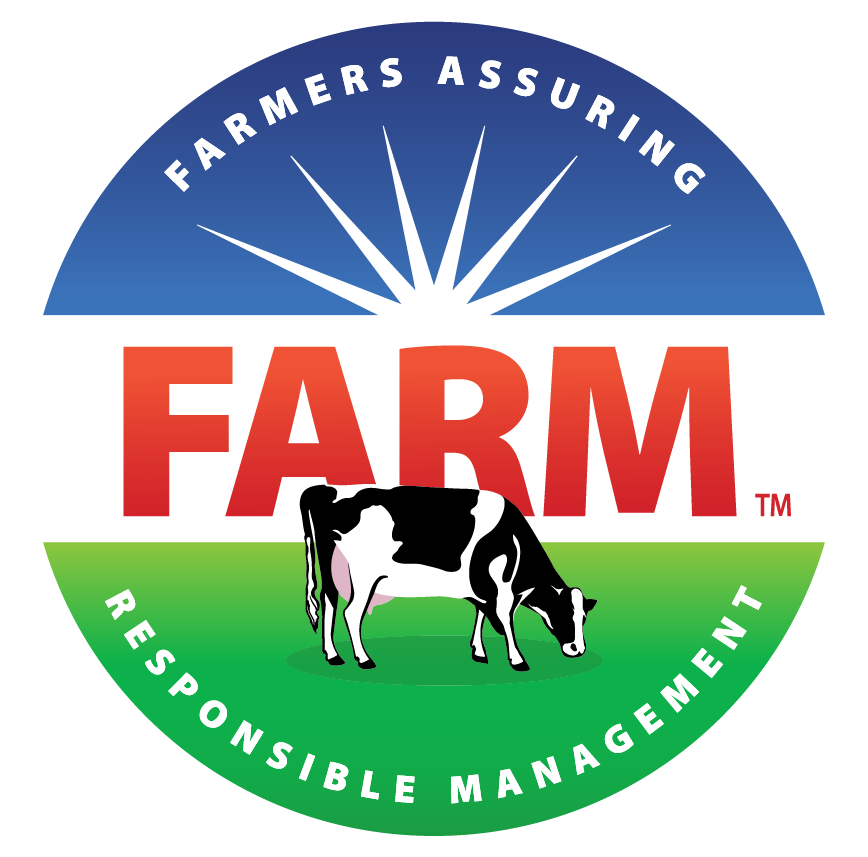WEBINAR DETAILS
January 12, 2017 | 12:00 pm EST | Watch Here
ABOUT THE WEBINAR
Marketing a dairy animal as beef is an important part of dairy farming and transitioning a cow to the beef sector at the right time is important. Lowell Midla, MS, VMD, Merck Animal Health veterinary technical services manager, will share guidelines on when to market, fitness for transport, observing withdrawal periods and proper protocols for selling and transporting as specified under FARM 3.0.
ABOUT THE PRESENTER
 Lowell Midla, MS, VMD
Lowell Midla, MS, VMD
Dairy Technical Services Manager
Merck Animal Health
Dr. Lowell Midla received his Bachelor’s degree from the University of Pennsylvania in 1988 and his V.M.D. (Doctor of Veterinary Medicine), also from Pennsylvania, in 1992.
Following graduation, Dr. Midla joined a mixed animal practice in Lancaster County, Pennsylvania. In 1994, he moved on to The Ohio State University where he completed a food animal medicine and surgery residency and simultaneously earned a Master’s degree. His Master’s degree research focused on laminitis and lameness in dairy cattle. In 1996, Dr. Midla and his wife Joanne established a veterinary practice near Marianna, Pennsylvania. In the fall of 2001, he joined the faculty of The Ohio State University, practicing and teaching at the large animal ambulatory service in Marysville, Ohio. In 2016, he joined the cattle technical services team at Merck Animal Health.
Dr. Midla was appointed by the American Association of Bovine Practitioners to serve on the Council for Agricultural Science and Technology Board of Representatives – from which he was elected to serve as CAST president in 2013. Dr. Bolton practiced dairy veterinary medicine privately for 28 years in both Wisconsin and Michigan before joining Merck Animal Health in 2006.
Q & A WITH DR. MIDLA
Why is the topic of cattle marketing important to the dairy industry? / Why should dairy producers care about marketing their cattle?
Reason 1: Proper cattle marketing is the right thing to do.
Reason 2: Consumers give dairy farmers the social license to operate. Public perception of the entire dairy industry, including how we market dairy animals, influences the willingness of consumers to continue to grant this license. Thus, proper marketing of dairy animals is critical to maintaining our license to operate.
Reason 3: See Reason 1.
What is the most common mistake that dairy producers make when marketing cattle? / What do you feel is the most important factor that leads to great dairy cattle marketing?
The most common mistake that dairy producers make when marketing cattle is to think that their responsibility ends when the animal steps on the truck to leave the farm. Instead, dairy producers should think more circumspectly. That is, the dairy producer should think about the animal in question from the time it leaves the farm to the time it enters the food chain and then do what is within their power to ensure that a wholesome product will enter the food chain.
What role does the FARM Animal Care Program play in cattle marketing?
The FARM Animal Care Program outlines excellent guidelines for cattle marketing. Producers who follow the guidelines to the letter can say that they are doing well. Producers who not only follow the guidelines to the letter, but also embrace the spirit of the guidelines can say that they are doing the right thing for consumers, for the cows, for the dairy industry, and for themselves.
This webinar is part the of the Merck Dairy C.A.R.E & FARM Animal Care Webinar series. You can view the FAQs and full schedule here.


 Norman Stewart, D.V.M., MS
Norman Stewart, D.V.M., MS
 belief in their staff.The farm conducts quarterly animal care meetings for both cow and calf staff, focusing on timely topics and watching videos on how to work “with” the animal, said Daphne. They also bring in veterinarians to help with training.“We hope positive peer pressure works to keep our staff’s animal handling skills honed,” she said. “The three partners who work with animals set an example on a regular basis.”
belief in their staff.The farm conducts quarterly animal care meetings for both cow and calf staff, focusing on timely topics and watching videos on how to work “with” the animal, said Daphne. They also bring in veterinarians to help with training.“We hope positive peer pressure works to keep our staff’s animal handling skills honed,” she said. “The three partners who work with animals set an example on a regular basis.”
 unlike humans, there is no verbal communication available to express expectations. Cow communication begins with understanding the cows’ flight zone, or personal space. Each animal’s flight zone is different but by understanding where and how to engage the zone and points of balance, the animal will move where and how you would like for them to with only minimal verbal communication.
unlike humans, there is no verbal communication available to express expectations. Cow communication begins with understanding the cows’ flight zone, or personal space. Each animal’s flight zone is different but by understanding where and how to engage the zone and points of balance, the animal will move where and how you would like for them to with only minimal verbal communication.

 Ben Bartlett, D.V.M.
Ben Bartlett, D.V.M.